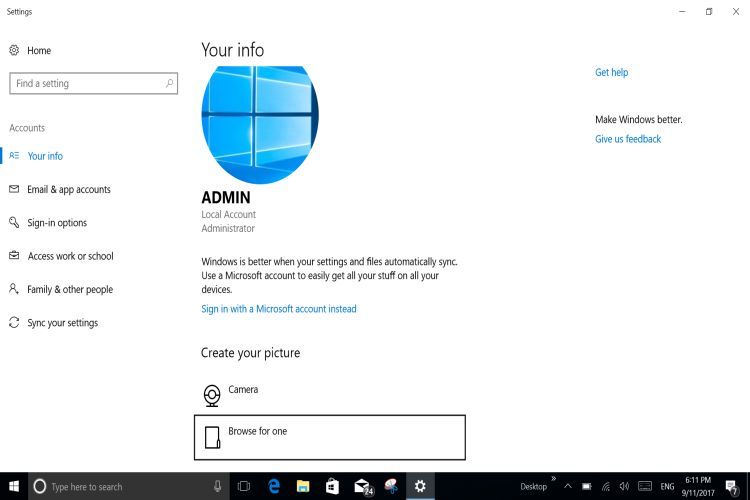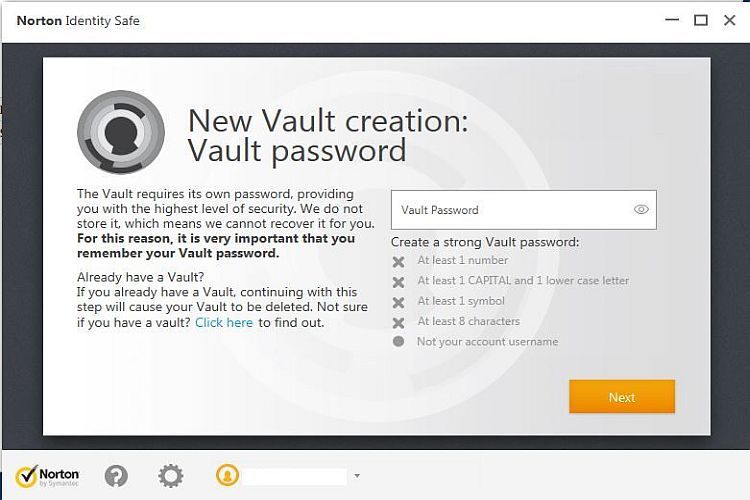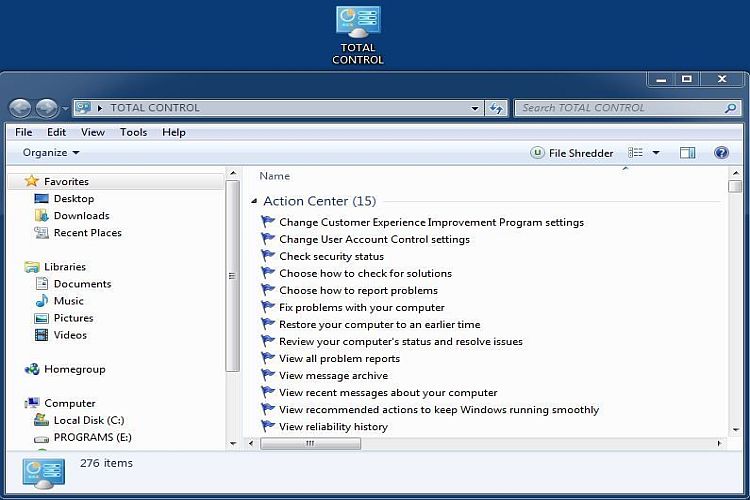Hybrid Drives
Hard disk drives (HDDs) are things which normally (historically) have many moving parts within and the speed at which data can be written to and retrieved from them is dependent on the speed and reliability of said moving parts (pictures in the slideshow on this site). Although it is true that the type of interface used (IDE/SATA/SAS) has a direct effect on speed, there are also different types of drives which perform faster. Flash drives (like USB sticks or Compact Flash drives) do not have moving parts, and neither do Solid State Drives (SSDs). What’s more is now we will see emerging an even newer type of drive: The HHD.
Hybrid Hard Drives utilize NAND flash memory to store the data required first when booting a computer, and can store the data needed for the next boot per changes that occurred during the current session. They are a faster option in general and although this technology has been around for a few years, it is only now being implemented on any kind of regular basis. These HHDs are not for everybody because there is a cost difference and they may not be as recoverable as standard HDDs usually can be. This is not stopping manufacturers from adding HHDs as an option, especially with the upcoming release of Windows 8 later this month (October 26th officially). These HDDs can boot faster, Windows 8 can boot faster, and it does seem like a good marketing angle to pursue.
The questions then become how well will these new HDDs perform (both in marketing and performance) and how sustainable is the technology? Remember RAMBUS RIMMS? It was not all that long ago that this technology emerged touted as being so much better and faster than DDR, but it was inherently unstable and the technology failed over time. There really is no way to determine how well this will turn out, but the entire story of the emergence of Hybrid Hard Drives is no doubt worth watching and you can read more about it HERE.









